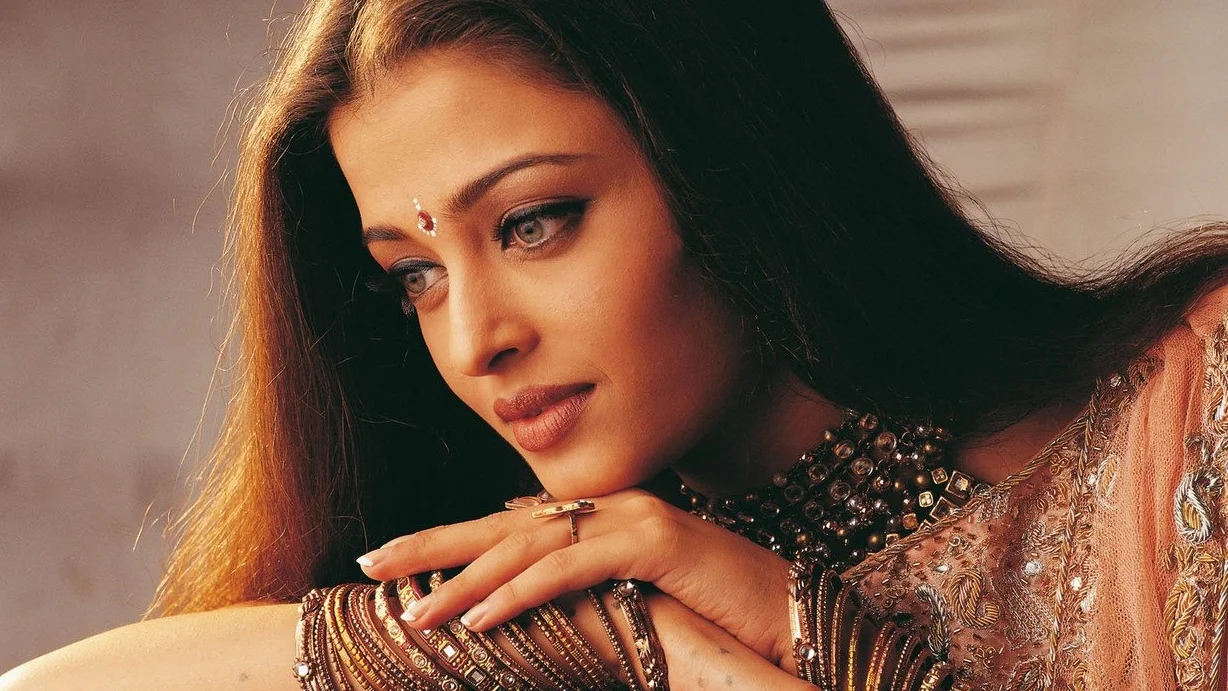The Films of Sanjay Leela Bhansali: Hum Dil De Chuke Sanam (1999)
Indian auteur Sanjay Leela Bhansali has a new film coming out in December, the period drama Padmavati. Manish takes a look back at Bhansali’s career, spanning two decades and nine films.
At a glitzy Bollywood premiere, former Miss World and up-and-coming actress Aishwarya Rai walked up to Sanjay Leela Bhansali. She congratulated him on his debut film, Khamoshi: The Musical. Recognizing the fire behind her eyes, Bhansali knew that he had to cast Rai in his next film. “Yeh hai meri Nandini,” he said. “This is my Nandini.” The pair would make three films together. The first of which was the romantic drama Hum Dil De Chuke Sanam (I’ve Already Given My Heart Away, My Love). This film became the breakout success for both Bhansali and Rai. HDDCS is now remembered for its evergreen soundtrack, stunning production design, and heartfelt performances.
Nandini (Rai, in one of her best roles) is the free-spirited daughter of renowned musician Pandit Darbar (Vikram Gokhale) and his wife Amrita (Smita Jaykar). Italian-Indian singer Sameer (Salman Khan, returning from Khamoshi) comes to their mansion to study under Darbar. Nandini and Sameer are immediately attracted to each other and begin an innocent yet forbidden courtship. When Darbar finds out, he expels Sameer and forces Nandini to marry the kind, wealthy lawyer Vanraj (Ajay Devgan). Recognizing how unhappy Nandini is, Vanraj takes her to Italy to reunite her with Sameer.
I was ten years old when this movie came out, and it was huge. HDDCS was the movie everyone saw (it was the third highest grossing Bollywood film of 1999). And that year saw the rise of DVDs, so the movie was ubiquitous after its release. It seemed like every household had a copy of the DVD and the CD. The soundtrack was everywhere too; the film spawned a number of hit songs that are still popular. HDDCS was the right film at the right time. But does it hold up?
Back in 1999, the romance between Nandini and Sameer felt very real and urgent to me. But in 2017, Sameer is kind of an immature jerk who blows into this isolated world and causes chaos. Nandini is just a naïve kid who blushes at the first man to give her attention. Her love for Sameer feels life-changing to her, but I don’t think the film really believes in it. Through her growing friendship with Vanraj, Nandini learns what following your duty really means. Some of my favorite moments in the film involve Vanraj and Nandini learning to live with each other. Nandini at first resents Vanraj for ‘playing God’ and turning her life into a game. In a powerful moment, Vanraj replies that he loses with both outcomes.
At times, HDDCS feels really dated. For one thing, Bhansali shot the second half in Budapest, but pretends it’s Italy so the interactions with non-Indians are cartoonish. Some of the machinations of the plot are contrived and sweaty, not smooth or organic. The film’s themes of love, duty, and sacrifice are compelling, though the film has been criticized for its patriarchal narrative. The ending of the film is powerful nonetheless, especially since Bhansali gives us the expected fairy tale ending in a dream sequence—although it doesn’t feel right.
The film has many individual scenes that are emotionally resonant and expressively directed. One standout scene is when Vanraj and Nandini are traveling on a train, truly connecting for the first time. The scene starts with a shot-reverse shot of Nandini and Vanraj. Then Bhansali switches to a wider shot of both of them, as they talk and joke with each other. It’s a single take, with a static camera. Then as Nandini laughs, the camera cuts to Vanraj seeing the Nandini that once was. Bhansali’s camera placements and editing emphasize the human drama among the foreign locales and immaculate sets.
As Bollywood spectacle, HDDCS remains a classic. The set design for the scenes in India is gorgeous (and beautifully highlighted by Anil Mehta’s award-winning cinematography). The filming of the musical numbers is heart-stopping, with breathless choreography and fluid camerawork. HDDCS won 9 Filmfare Awards, including Best Film, Actress, and Director. At three hours and eight minutes, HDDCS is Bhansali’s longest film to date. It’s almost his most conventional Bollywood film. But the film’s massive mainstream appeal helped him achieve the collateral he would need for his later films that were specific to his unique vision.
Hum Dil De Chuke Sanam can be rented from YouTube and Google Play.


































